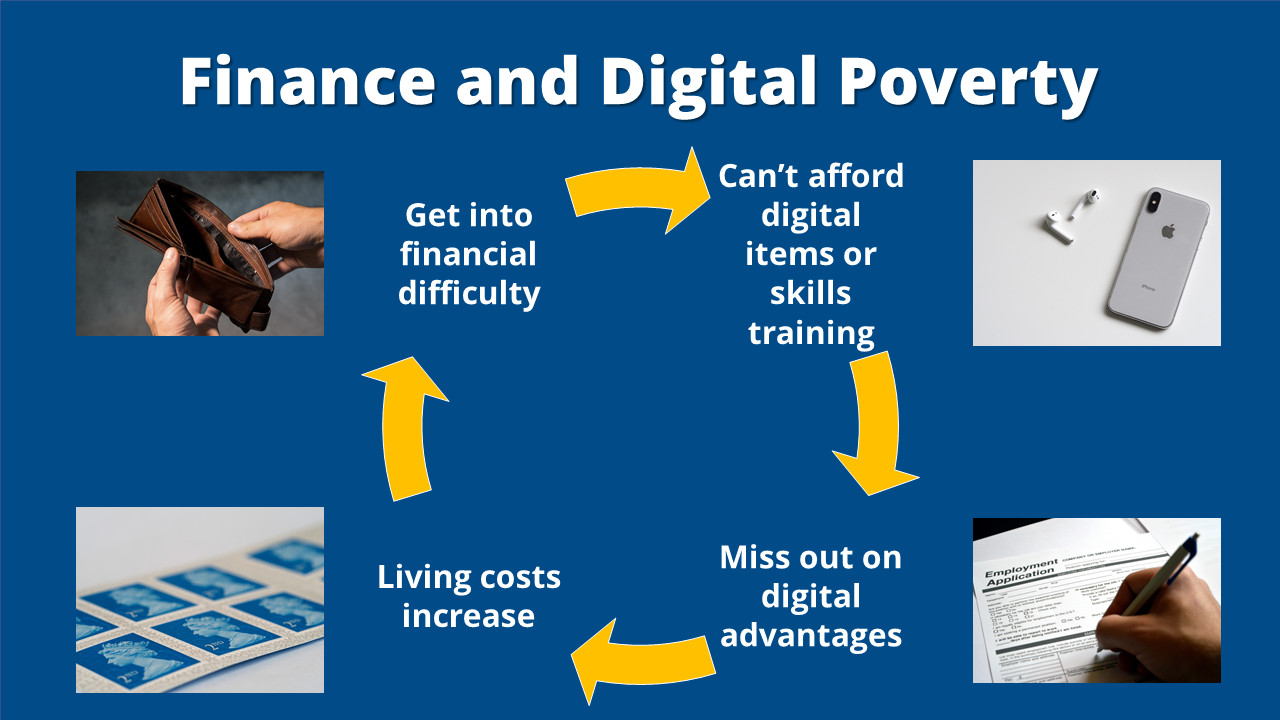A Growing Divide: The Pervasive Impact of Digital Poverty
Digital poverty, a term often used to describe those who lack access to the internet and digital technologies, is a growing issue that is impacting individuals and society at large. It is no longer just a matter of convenience; it's a matter of social and economic justice, with consequences extending far beyond the immediate lack of access.
The Consequences of Digital Exclusion
The impact of digital poverty is far-reaching, creating a cycle of disadvantage that can be difficult to break. Individuals who are digitally excluded may face significant hurdles in education, employment, and access to essential services.
For example, children growing up in digital poverty face significant educational disadvantages. With many schools relying heavily on online learning resources, children without access to technology are left behind, perpetuating cycles of inequality. Adults who lack digital skills may find it difficult to secure employment or access vital services, further deepening their socioeconomic struggles.
The Urgent Need for Action
The Digital Poverty Alliance (DPA) highlights the urgency of addressing this issue. The DPA, in partnership with companies like Currys and Virgin Media O2, will mark the second annual End Digital Poverty Day. This event aims to raise awareness, engage communities, and mobilize efforts to eradicate digital poverty by 2030. It serves as a reminder that digital access is no longer a luxury but a necessity.
Addressing the Root Causes
The DPA emphasizes the need for a holistic approach to tackle digital poverty, addressing its root causes. A major barrier cited by 86% of parents experiencing digital poverty is the cost of devices like laptops. This underscores the need for affordable access to technology, particularly for underserved communities.
The Role of Government and Private Sector
The government has a critical role to play in addressing digital poverty. While some initiatives, like the £800m fund to improve broadband connectivity in rural areas, have been introduced, more comprehensive action is needed. A digital inclusion strategy should be a central part of government policy, according to the DPA.
The private sector also has a crucial role in bridging the digital divide. Companies can contribute by providing affordable devices, supporting digital skills development, and donating refurbished technology. This collaborative approach, involving government, private sector partners, and community organizations, is crucial to achieving the ambitious goal of ending digital poverty by 2030.
A Call to Action: A More Inclusive Digital Future
The economic and social benefits of digital inclusion are undeniable. It improves education outcomes, increases employability, and fosters greater participation in society. In a world increasingly reliant on digital technologies, ensuring that no one is left behind is not just a moral imperative; it's an economic one as well.
The fight against digital poverty requires a collective effort. By raising awareness, engaging communities, and supporting initiatives that address access, affordability, and digital skills, we can build a more inclusive digital future for all.

















